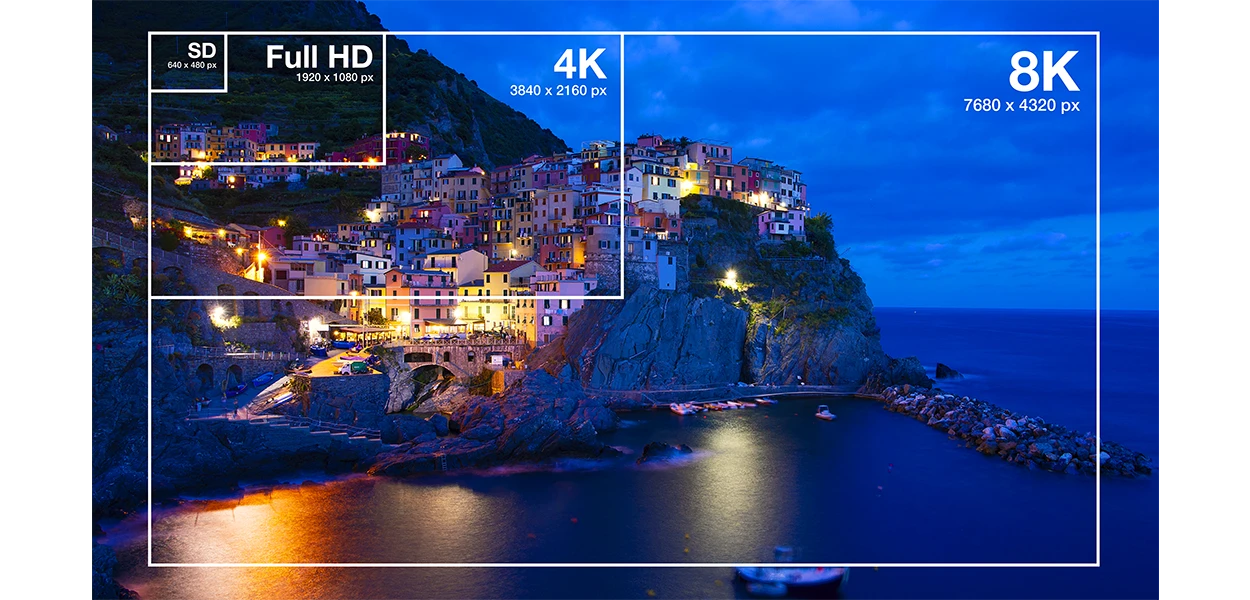Televisions
Share article
TV Size | Optimal viewing distance |
40-inches | 5.5 feet |
43-inches | 6 feet |
50-inches | 7 feet |
55-inches | 7.7 feet |
60-inches | 8.4 feet |
65-inches | 9.1 feet |
70-inches | 9.8 feet |
75-inches | 10.5 feet |
80-inches | 11.2 feet |
85-inches | 11.9 feet |
Sign up for special deals, news,
and important product information.
COMPARE 0 PRODUCTS
You can compare a maximum of 3 products. Please remove a product before adding another one